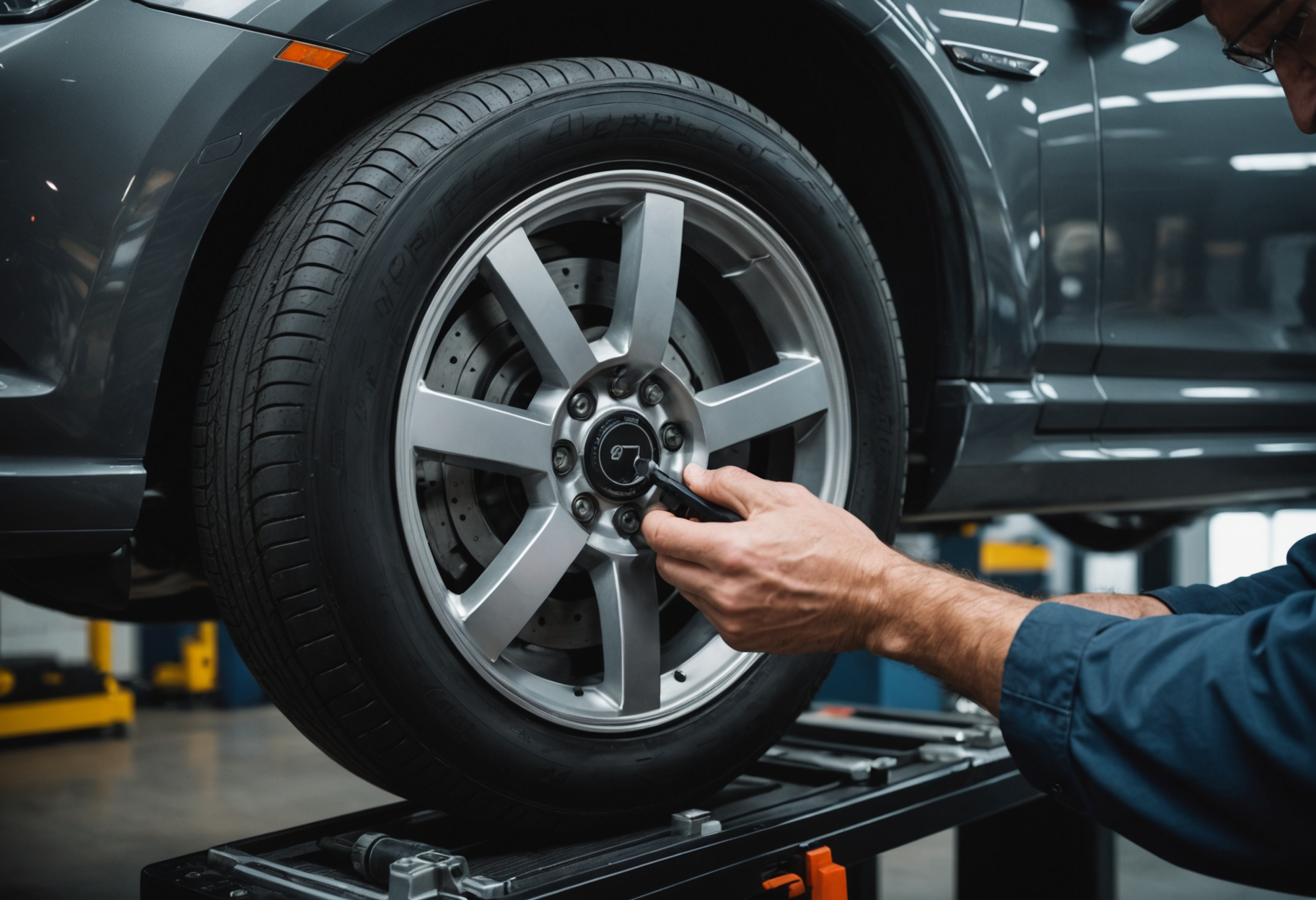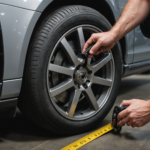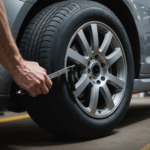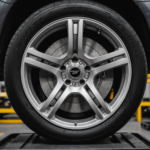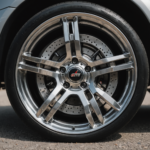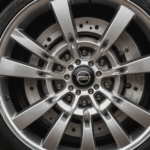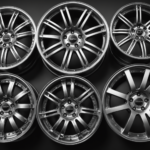Accurate measurement of wheel size is essential for vehicle performance, safety, and aesthetics. Whether you’re looking to replace old wheels, upgrade your tires, or simply ensure you have the right fitment, understanding how to measure your wheel size accurately is crucial. This comprehensive guide will delve into the different aspects of wheel measurement, ensuring that you can confidently assess your vehicle’s requirements.
Understanding Wheel Size
Wheel size generally consists of two main dimensions:
- Diameter: The distance across the wheel, measured from one edge to the opposite edge in inches.
- Width: The distance between the outer edges of the wheel, also measured in inches.
Both dimensions are important for ensuring that the wheel fits the vehicle properly and performs optimally.
The Importance of Correct Wheel Size
Having the correct wheel size is vital for several reasons:
- Performance: Wheels that are too small or too large can affect handling and ride quality.
- Safety: Improperly sized wheels can lead to tire blowouts or loss of control.
- Aesthetics: Choosing the right size contributes to the overall look of the vehicle.
Tools Required for Measuring Wheel Size
Before delving into the measurement process, it’s essential to gather the necessary tools:
- Measuring tape or ruler
- Marker (if needed)
- Calculator (optional for quick reference)
- Safety gloves (optional)
Step-by-Step Guide to Measure Wheel Size
Step 1: Identify the Wheel Type
Recognizing the type of wheel you have is crucial. There are generally two types of wheels:
- Steel Wheels: Typically heavier and more durable, often used for utility vehicles.
- Alloy Wheels: Lighter and more visually appealing, often used for performance vehicles.
Knowing the type will help in the handling and measurement process.
Step 2: Remove the Wheel from the Vehicle
For the most accurate measurement, it is advisable to take the wheel off the vehicle. Ensure the vehicle is securely placed on jack stands before removing the wheel. Follow these precautions:
- Ensure the vehicle is on a flat surface.
- Use a jack and jack stands for safety.
- Remove the lug nuts using a wrench.
Step 3: Measure the Wheel Diameter
To measure the wheel diameter:
- Place the measuring tape across the center of the wheel.
- Measure from one edge of the wheel to the opposite edge.
- Record the measurement in inches. Make sure to measure only the wheel, not the tire.
The standard wheel diameter measurements typically range from 13 to 20 inches, depending on the vehicle type.
Step 4: Measure the Wheel Width
Measuring the width of the wheel involves the following steps:
- Using the measuring tape, measure the inner width of the wheel, from bead seat to bead seat.
- Ensure that the measurement is taken at the wheel’s widest point.
- Record the width in inches.
Width measurements typically range from 5 to 12 inches.
Step 5: Understand the Offset
Wheel offset refers to the distance between the wheel’s mounting surface and the centerline of the wheel. There are three types of offsets:
- Positive Offset: The mounting surface is toward the front of the wheel, often seen in modern vehicles.
- Negative Offset: The mounting surface is towards the back, often found in older cars and off-road vehicles.
- Zero Offset: The mounting surface aligns with the centerline of the wheel.
Measuring offset involves checking the distance from the back edge of the mounting surface to the centerline of the wheel.
Comparing Wheel Size with Tire Size
When measuring wheel size, it’s equally important to consider how it will affect tire size. Tire sizes are expressed in a specific format, such as P225/65R17, where:
- P: Indicates the tire type (passenger vehicle).
- 225: Tire width in millimeters.
- 65: Aspect ratio (height to width ratio).
- R: Indicates radial construction.
- 17: Wheel diameter in inches.
Choosing the right tire size relative to your wheel size is essential for optimal performance and safety. Referencing tire size guides can help in finding compatible sizes.
Common Mistakes to Avoid When Measuring Wheel Size
Accurate measurement can be compromised by common mistakes:
- Measuring with Tires Mounted: Always remove the tire for accurate measurements.
- Not Including Wheel Offset: Ignoring offset can lead to poor fitment.
- Incorrect Measuring Tools: Use precise measuring tools for accurate results.
Recap of Wheel Measurement Steps
For quick reference, here’s a summarized list of the steps to measure your wheel size:
- Identify the type of wheel.
- Remove the wheel from the vehicle.
- Measure the diameter.
- Measure the width.
- Determine the wheel offset.
- Check tire size compatibility.
Final Thoughts
Accurate wheel size measurement is essential for ensuring safety and enhancing vehicle performance. With the proper tools and techniques outlined in this guide, anyone can measure their wheel size accurately. This knowledge not only helps in replacing wheels and tires effectively but also elevates the overall driving experience. Always refer to manufacturer specifications as a benchmark for optimal safety and compatibility.
FAQs
What tools do I need to measure my wheel size?
You will need a measuring tape or ruler, a marker, and possibly a calculator for quick calculations.
Is it necessary to remove the tire before measuring the wheel?
Yes, removing the tire allows for more accurate measurements of both diameter and width without any obstructions.
How do I know what wheel size my vehicle requires?
Refer to the vehicle’s owner manual or consult with the manufacturer’s specifications for the correct sizes.
What is the significance of wheel offset?
Wheel offset affects handling and alignment. It is critical to match the offset to the vehicle’s design to avoid performance issues.
Can I change my wheel size to improve my vehicle’s performance?
Changing wheel size can improve aspects like handling and aesthetics. However, always ensure the new size is compatible with your vehicle.

